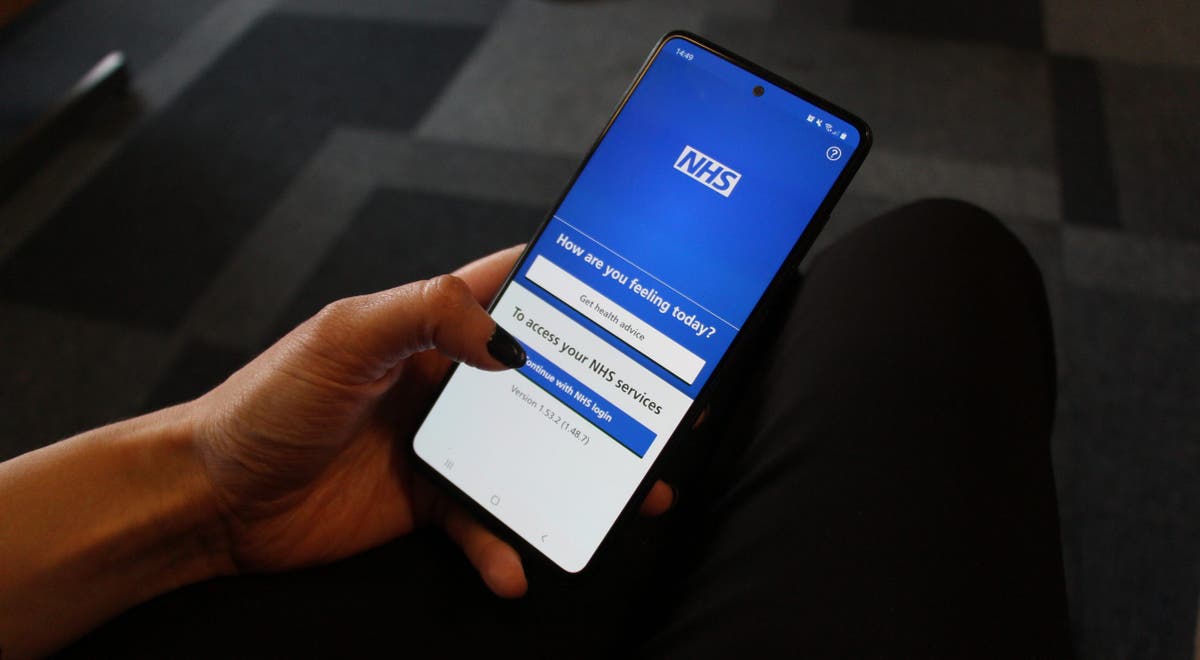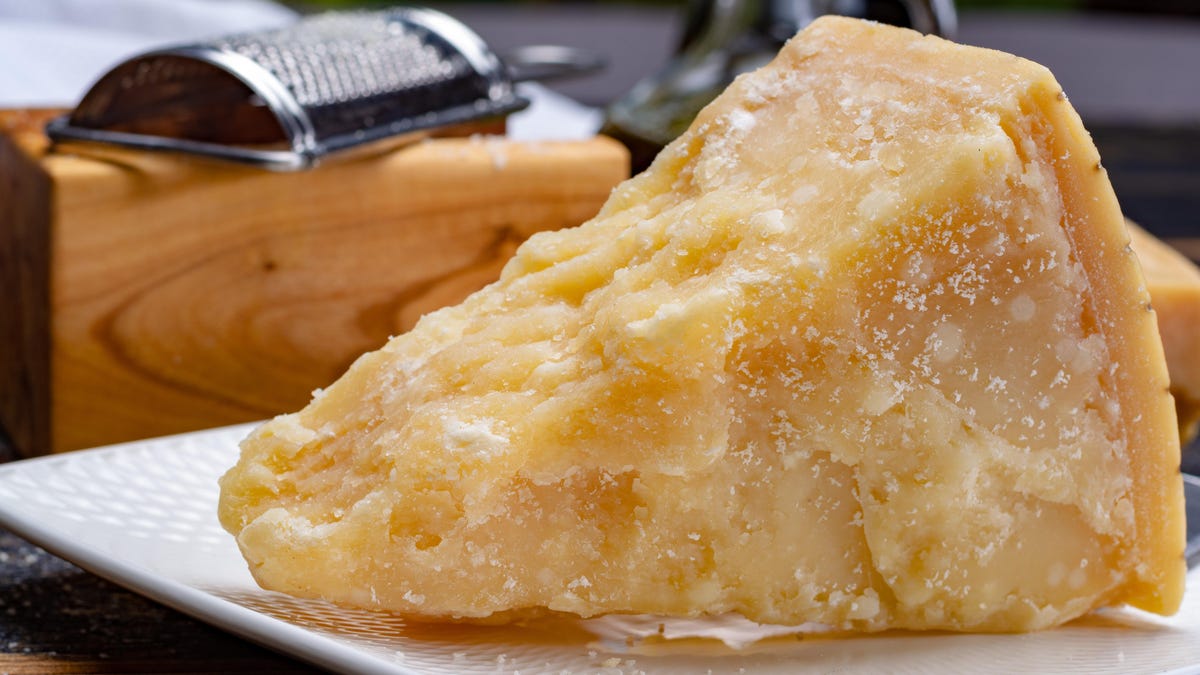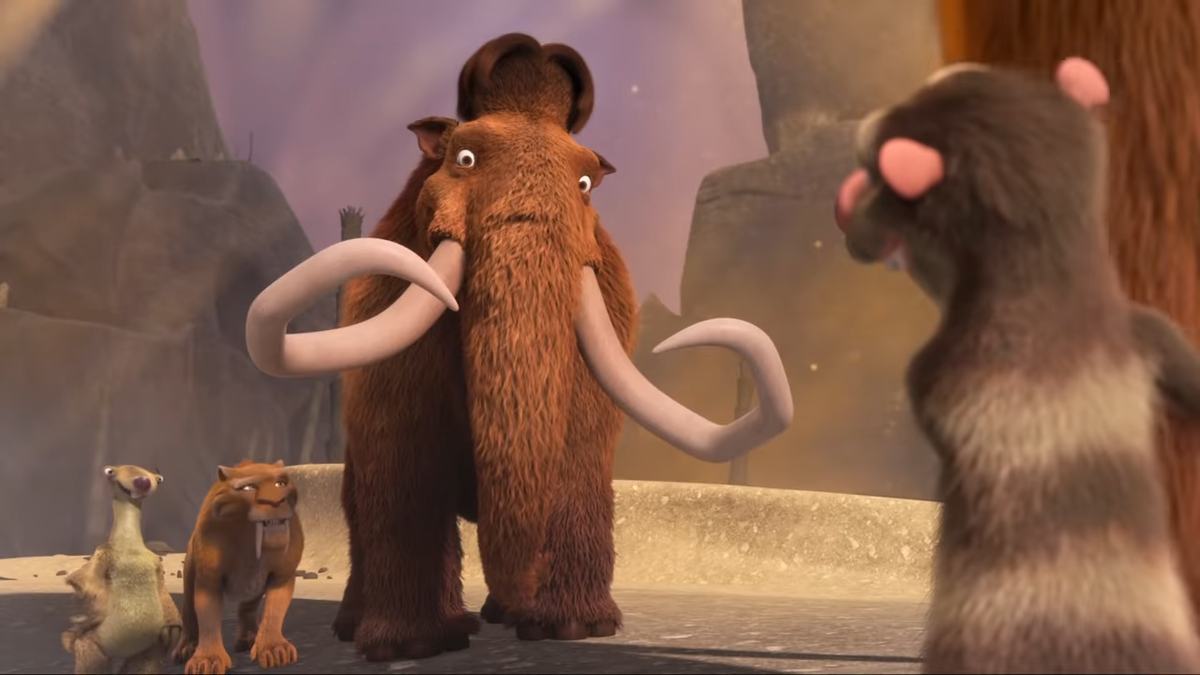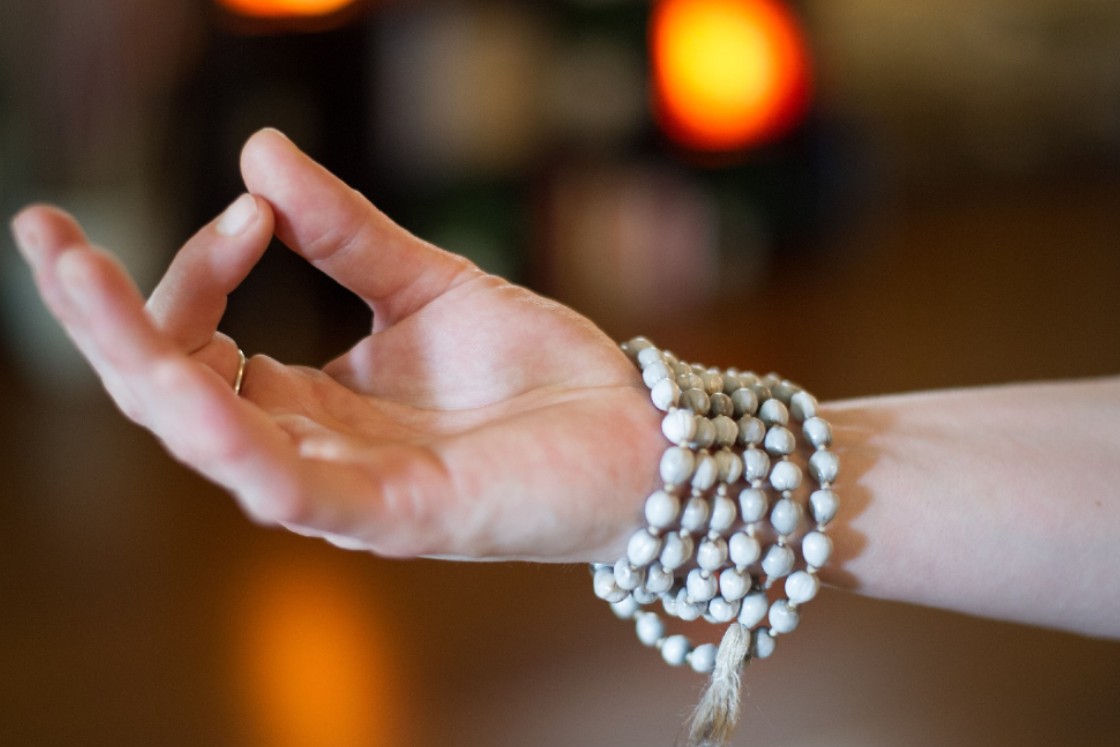When to See the Full Strawberry Supermoon in June
I don’t know about you, but I’ve barely recovered from May’s spectacular lunar eclipse, only to learn that June’s sky will feature a full supermoon. We are not worthy of your largesse, Luna, Goddess of the Full Moon.Read more...
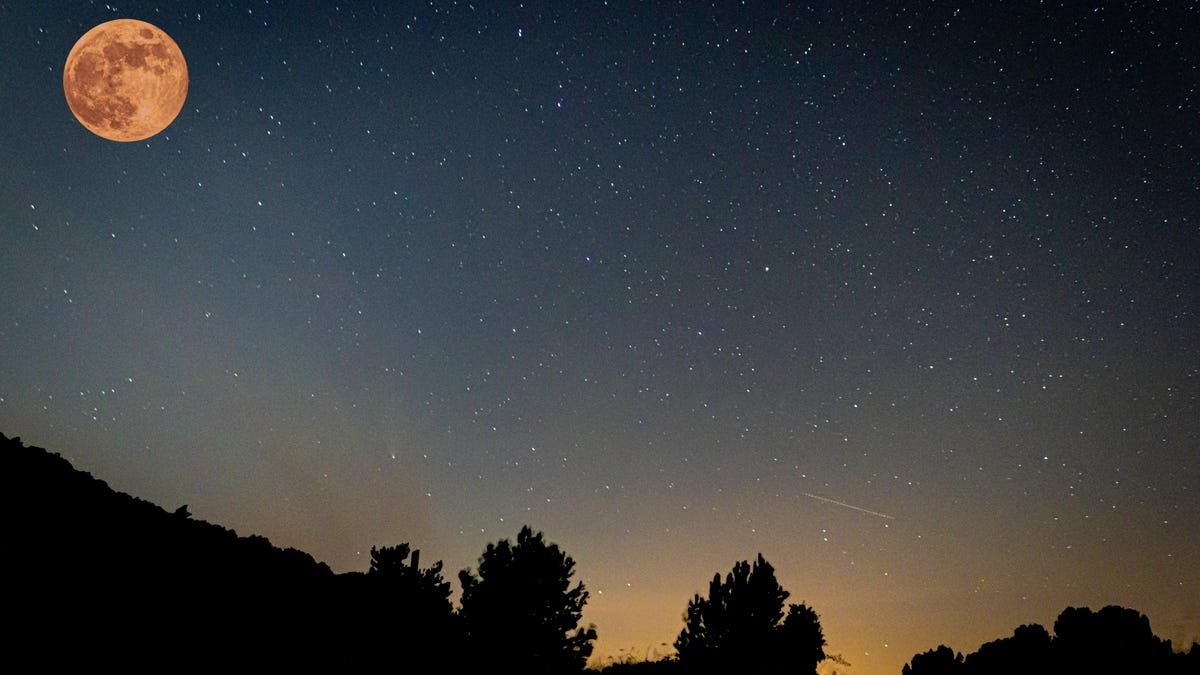

Photo: Ivan Morato photography (Shutterstock)
I don’t know about you, but I’ve barely recovered from May’s spectacular lunar eclipse, only to learn that June’s sky will feature a full supermoon. We are not worthy of your largesse, Luna, Goddess of the Full Moon.
Called the “Strawberry Moon,” June’s full moon rises on Tuesday, June 14. The peak illumination of the full Strawberry Moon is actually at 7:52 a.m. ET, so we won’t be able to see it, but if you look Southeast just after sunset, the supermoon will float majestically across the nighttime sky.
What is a “supermoon,” and what makes it so super?
Coined in 1979, the term “supermoon” refers to a full moon that occurs when the moon is near the perigee of its orbit—the point where it’s closest to Earth. Because it’s closer to us, a supermoon appears slightly larger and brighter than an ordinary full moon. The tides are a bit higher and lower, too.
The main reason the moon appears larger or smaller in the sky is how close it seems to objects on Earth, though. This perceptual illusion makes a full moon rising on the horizon appear huge, no matter where the moon is on its orbital path.
Why is June’s full Moon called the “Strawberry Moon?”
Like all moon names, June’s designation is unofficial. “Strawberry Moon” was the name used by the Algonquin, Ojibwe, Dakota, and Lakota peoples (among others) for the last moon of spring/first moon of summer, because it’s the time when you harvest your strawberries.
In Europe, where they didn’t have strawberries, June’s moon was called the “Rose Moon,” after the flower, or the “Honey Moon,” which may be where we get the word “honeymoon,” since June was the peak month for marriage.
According to the Old Farmer’s Almanac, June’s Moon was/is called “Blooming Moon” by the Anishinaabe, and “Green Corn Moon” among the Cherokee. My favorite June moon name is from the Tlingit, who call it “Birth Moon.” Simple, elegant, and all-encompassing.
A brief history of “June,” “Moon,” and “spoon”
Rhyming “June,” “Moon,” and “spoon” is shorthand for a hackneyed, clichéd “stock rhyme” in poetry and songwriting. It appears in both 1903's “Shine On, Harvest Moon,” and 1909's “By the Light of the Silvery Moon.” (Both songs are about makin’ out: “Spoon” in this context means “to cuddle.”)
If you take “spoon” out, the rhyme appears in more songs than you could count, including “There isn’t Any Limit To My Love” and “I Love to Singa,” both from 1936. Some more modern examples of June/Moon rhymes include Smashing Pumpkins’ 2005 song “Bye June,” Eminem’s “Space Bound” released in 2010, and Prince’s “Sign ‘o the Times” from 1987.

 Aliver
Aliver 







